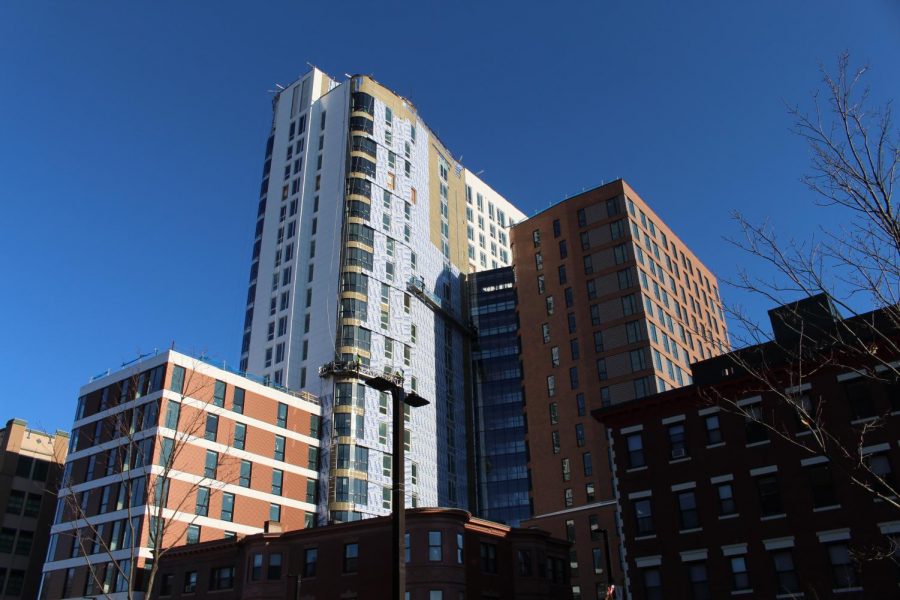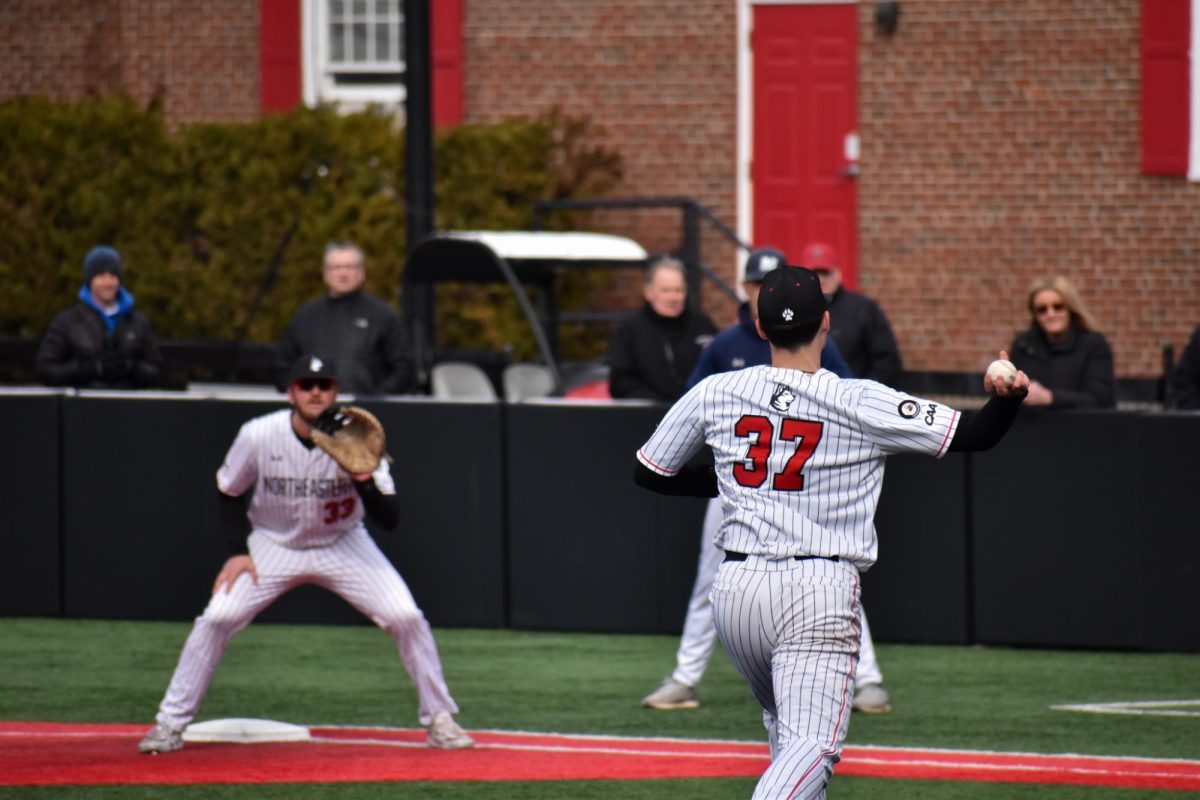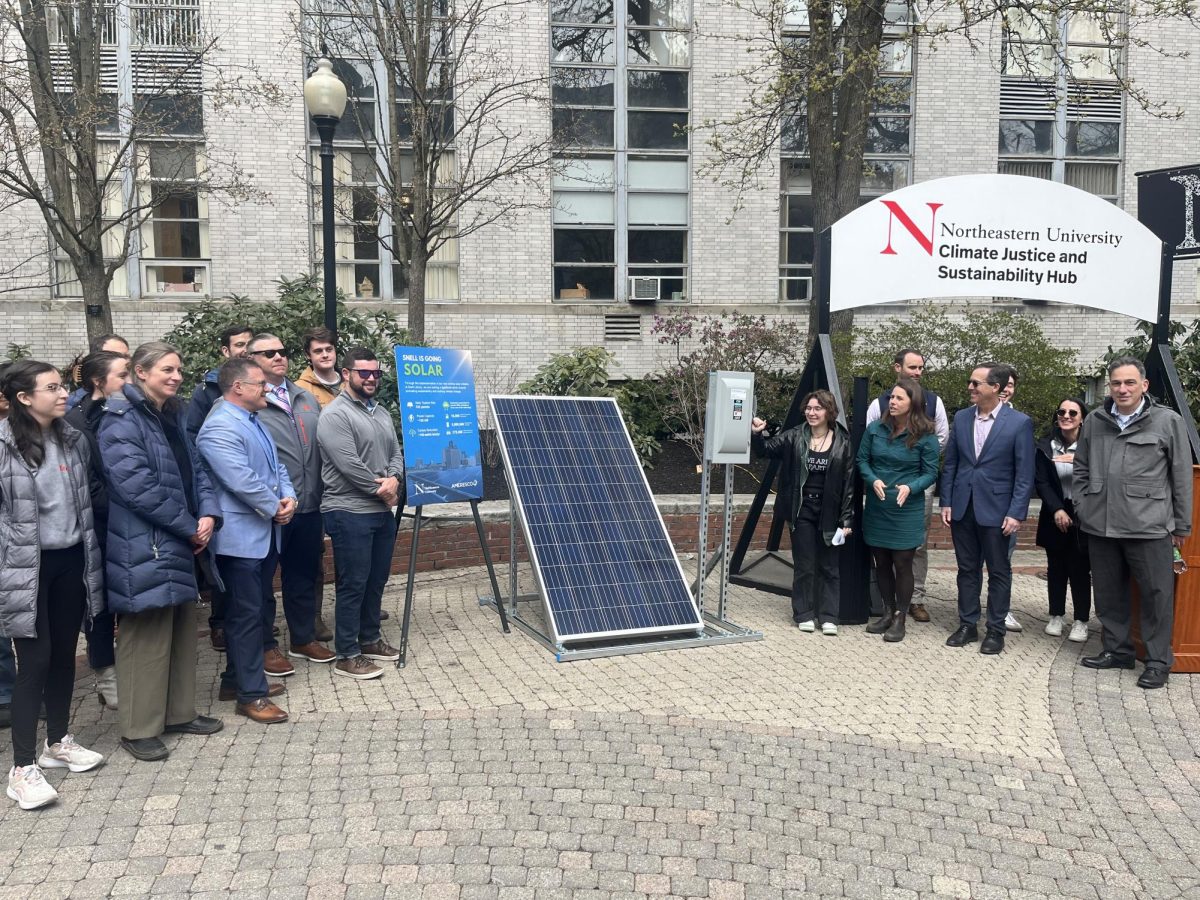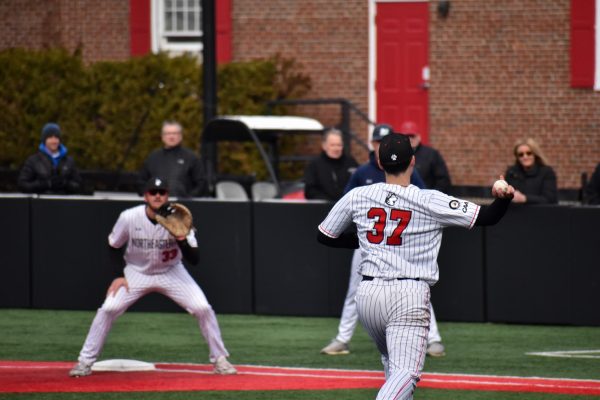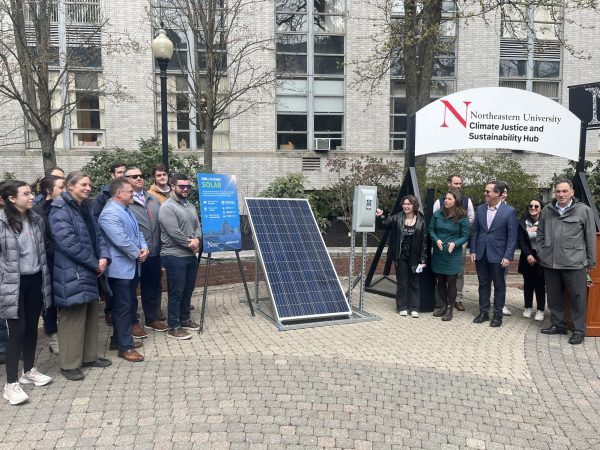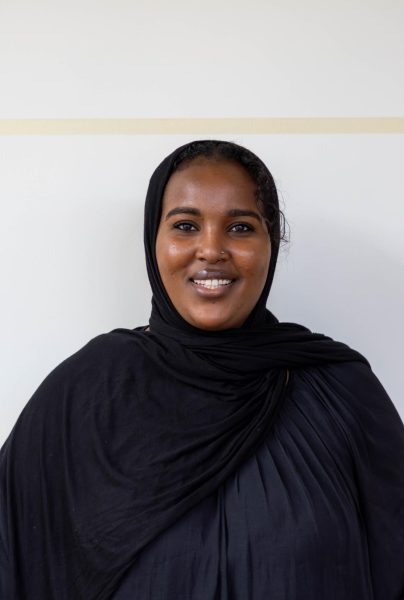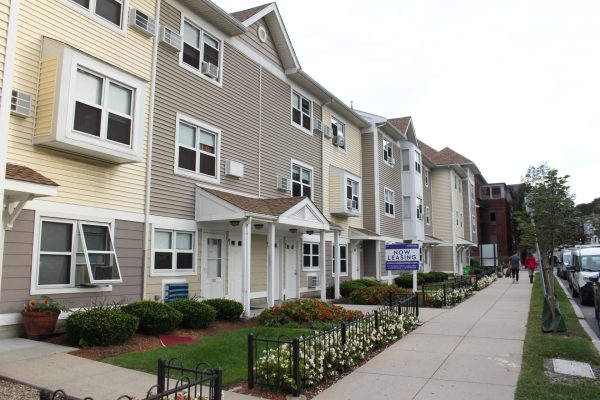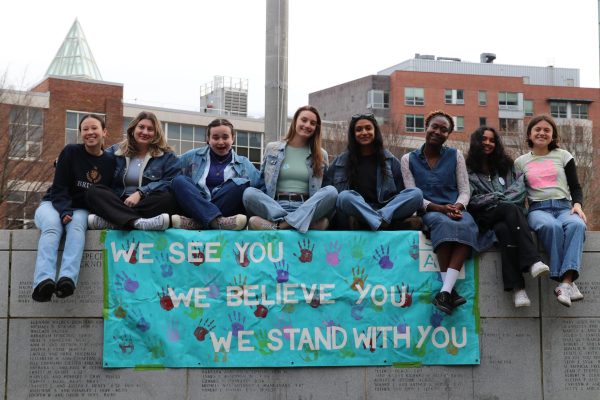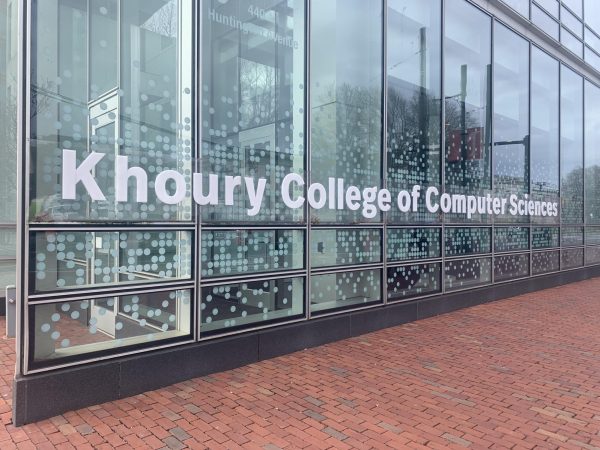LightView towers over Roxbury, bringing mixed reactions
Residents across Roxbury have mixed feelings about Northeastern’s latest housing development, Lightview.
February 20, 2019
Northeastern University is among the first to start Boston Mayor Martin J. Walsh’s “Housing A Changing City: Boston 2030” initiative with the recent construction of LightView, a new residence hall near campus. The high-rise housing development, built in partnership with American Campus Communities (ACC), will open its doors to students in August 2019.
The new building will house 825 students adjacent to campus at Columbus Avenue and Burke Street, near the newly-renovated Carter athletic fields. The project comes at a time when many students have expressed concern with the on-campus housing supply and quality. At the topping-off ceremony, Northeastern President Joseph E. Aoun and Walsh commended the teams that helped create what they called a win-win for students and the Roxbury community.
“This is where students are going to find the supports and the amenities they need to live and thrive,” Walsh said. “What’s even more important, it’s where the people of tomorrow, the jobs of tomorrow are going to be filled. With engineers and artists, policymakers that make the kind of community that we have here in Boston a great community and a great college town.”
A Northeastern University press release referred to the partnership between the private sector and the city of Boston as an example of “Northeastern’s commitment to reinvigorating Columbus Avenue through investments, redevelopment projects, and public-private partnerships.”
Some believe that the rising cost of rent in the Roxbury community and lower income areas surrounding Northeastern’s campus is attributed to the expansion and presence of private institutions such as the universities that spread across Boston.
“As a young girl, I felt welcome and safe,” said Amanda Govan, 25, a Roxbury resident and member of the community advocate group Reclaim Roxbury. “Now I see my home surrounded by these huge buildings I and most of the people I know aren’t even allowed to be in. And to add on to that, we’re all paying more to live here. Those aren’t isolated events.”
The housing project, which borders the Roxbury community on the south side of campus, garnered a positive reaction from some community members, such as Jolene Goode, 39.
“I think it is a positive thing for the city, just seeing new buildings and stuff like that I feel like it should make everybody else want to be more on like a positive type of note,” Goode said. “Seeing new buildings getting built and new businesses also opening up for people to be able to get more jobs and maybe to be able to live in one of these nice buildings in the community.”
Other Roxbury residents such as Moises Rosario, a high school student, also see good in city-wide housing developments.
“I think it definitely changes the community, but I think it changes it in a good way,” Rosario said. “I think that when you build those buildings and all of that, it’s just more fun, it just makes the community more lit.”
Some members, like Goode, see these new developments as a driver for a shift in renting practices and community culture.
“It’s really sad for a lot of the young ones that are trying to be on their own and get nice apartments, it’s kind of hard for them too,” Goode said. “But like I said, there’s jobs available for everybody in the end and there’s always something affordable where you can live at.”
Govan has come to Northeastern to discuss gentrification various times. Most recently, she talked about generational security, or the idea that someone can pass their property onto their children. As neighborhoods are gentrified, she said, people can lose their property and the ability to pass it onto the next generation.
“I can’t help but feel uneasy because generational security is something I cannot give [my children]. We are too often prejudged or disregarded. I would be devastated if I couldn’t live here,” Govan said.
The cost of gentrification is visible in many college towns, but the issue is more complex than hiked-up rent prices due to the expansion of private institutions.
At the LightView topping-off ceremony, Walsh thanked Northeastern for a $153.4 million investment in quality student housing. He said that whether or not students can be housed by the university, they will still need a place to live in Boston.
Walsh, the city of Boston and the ACC say that increasing the number of on-campus housing developments will diminish the number of students renting in surrounding neighborhoods and taking homes off the market.
Northeastern third-year Cole Adler said the solution to this problem is multifaceted.
“I definitely feel like Northeastern is a big gentrifier in Boston and very deliberately seem to be building barriers between the school and Roxbury and encroaching more and more into that neighborhood,” Adler said. “At the same time, I’ve heard multiple students complain about not being able to get on-campus housing after sophomore year so there’s kind of two sides to it.”

LightView, built in partnership with American Campus Communities (ACC), will open its doors to students in August 2019.
The issue then becomes about the scarcity of viable housing options that community members have in their own communities after students move into surrounding neighborhoods.
“Rent has gotten so expensive on the hill that most working-class families probably couldn’t afford to live there anymore,” Adler said, “My three-bedroom basement apartment is $3,000 a month all together. That doesn’t seem realistic for most families.”
And it isn’t realistic for most. According to the Boston Planning and Development Agency, the median household income in Roxbury in 2015 was $25,937, lower than Boston’s median household income of $55,777.
This does not account for what the Boston Globe Spotlight team reported in their 2017 series on racism in Boston. A 2015 report by the Federal Reserve Bank of Boston and a Duke University researcher outlined that home equity and other assets — minus mortgages and other debts — gave white families a median net worth of $247,500 compared to the $8 figure for African-American, non-immigrant households.
“I feel as though, everywhere is about money,” Goode said about rising rent costs. “Boston is full of money and businesses, so, you know more money, more business, bigger buildings, more people, more money.”
Walsh said the partnership between Northeastern and the city of Boston is meant to alleviate the pressures of having a large institution encroach on pre-existing communities.
“825 new beds will help alleviate pressures in areas like Roxbury, Mission Hill, Fenway and the South End,” Walsh said. “It’s going to open up more units for other families to be able to stay in those neighborhoods, and this is a great example of using scarce urban land to build more efficient housing for our students.”
Other city officials are skeptical of the projects eventual impact. Boston City Councilor Kim Janey, who represents Roxbury, has led a series of forums on gentrification in Roxbury during her time in office. She told The News that the city must do more to ensure “development without displacement.”
“I’m not sure how LightView would alleviate anything,” Janey said. “We didn’t get here by accident. This city’s discriminatory housing policies have allowed developments like [LightView] to happen. [The policies] block black people out from legitimate home ownership opportunities … it’s a crisis.”
Chris Triunfo contributed to this article.


